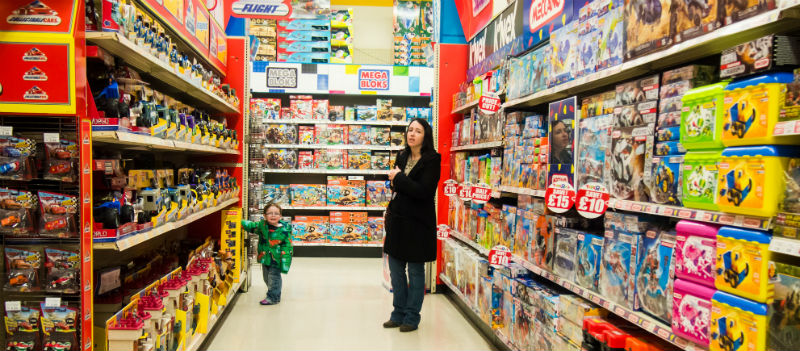The last thing any parent wants to do is expose their child to something that could harm their health. Yet the lack of regulation on harmful chemicals in consumer products means parents may unknowingly expose their children to products containing harmful chemicals. Now over 6500 new reports filed by the makers of children’s products show the extent of the problem.
Thanks to a law in Washington state that requires makers of kids’ products to report the presence of toxic chemicals in their products, we know that toxic chemicals harmful to kids’ health are found in numerous everyday products from car seats to baby blankets to dishware.
The Washington State Department of Ecology recently released the latest chemical reports and the news isn’t good. Over 6500 reports of toxic chemicals in kids’ products were filed since March 2015. Chemicals reported are linked to a wide range of health effects, including cancer, hormone disruption, reproductive problems, and developmental problems.
Examples of products reported include:
- Textiles on Little Tikes plastic outdoor play structures containing the toxic flame retardant Deca-BDE, which Washington banned in electronics and furniture in 2007.
- Paint on Toys “R” Us toy vehicles containing the toxic flame retardant TBBPA.
- Cost Plus World Market plastic musical toys containing cancer-causing formaldehyde.
- Crayola artist’s paints containing hormone-disrupting nonylphenol.
- Michael’s educational toys and plastic fake nails containing hormone-disrupting phthalates at levels that potentially violate federal and state laws.
- Over 640 products made by a variety of manufacturers, including toys, shoes, costumes, doll furniture, and outdoor games and play structures containing cancer-causing antimony, which is often used with other toxic flame retardants.
In addition to the companies listed above, other manufacturers reporting include Carter’s, The Gap, Target, Fred Meyer (Kroger), Nike, and Walmart.
What does this mean for consumers?
While consumers may now have more information than ever on the chemicals in their kids’ products, the sheer volume of products and chemicals still on the market can be overwhelming. How do you find a safer item for your kids when there is so much? We’ve got some guidelines to help find safer products, but our experts will be the first to tell you that you can’t buy your way out of the problem.
The only way to guarantee safer products in our homes and for our kids is for companies to stop using harmful chemicals in their products. To do this we need:
- Companies that make and sell children’s products to adopt pledge to stop using chemicals that harm kids’ health in their products or sold in their stores.
- Policymakers to pass laws that stop toxic chemicals at their source and prohibit the use of harmful chemicals in consumer products.
- Consumers to hold companies and policymakers accountable and demand safer products in stores.
Join Us In The Fight
Do you agree that we should demand more from companies and policymakers?
Then join us in the fight to protect our health and environment from toxic chemicals! Sign up here.
We are working with thousands of concerned citizens to make sure our voices are heard in the legislature and company board rooms. Together we can win stronger laws and policies to protect all of us from harmful toxic chemicals.
Make sure your voice is heard! Sign up today!




